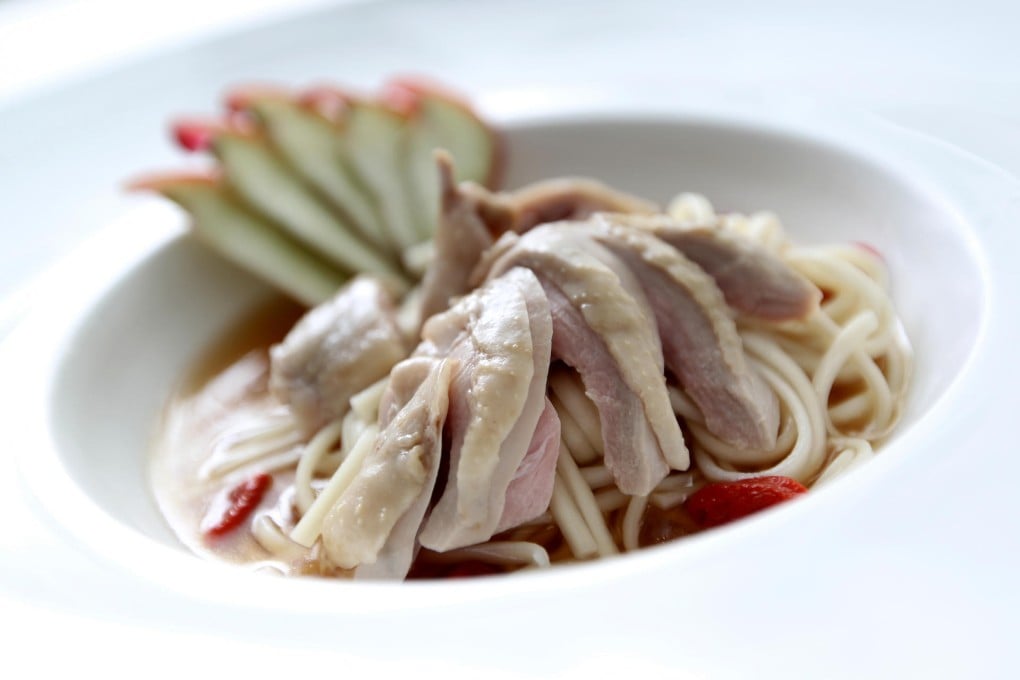Private kitchens face a fork in the road
Private kitchens: a secret history

Eating at private kitchens used to have the frisson of an underground experience.
Amanda Cheung, an associate director at Edelman PR, recalls her first such experience a decade ago. "We were excited about being somewhere outside of Central that no one had been to. We felt like culinary pioneers," she says.
At the now-defunct Shanghainese place in Wan Chai, she and her friends enjoyed a five-course feast for HK$300 each. The ambience was memorable too: the interior was filled with antique rosewood furniture and tiled floors reminiscent of a tong lau. "It was part of the original wave of private kitchens - it felt like a secret place."
Cheung visits private kitchens less often these days, although venturing to one recently - CulinArt in Aberdeen - she found the food "quite good" but the setting restrictive. "It was packed with other diners so you missed out on any intimacy, and that's the point of going to a private kitchen."
Nor did the "mediocre" service match the HK$1,000 bill. "In comparison, I went to Il Milione in Central recently where for the same price I had one of the most amazing meals in years, in terms of skill, quality of ingredients and excellent service in a gorgeous environment."
Private kitchens - fully or semi-illegal culinary hideaways, often established by self-taught chefs - emerged in the late 1990s and have exploded in number since. However, the latest have taken a big step away from the intentions of the founders and the intimate places they created.